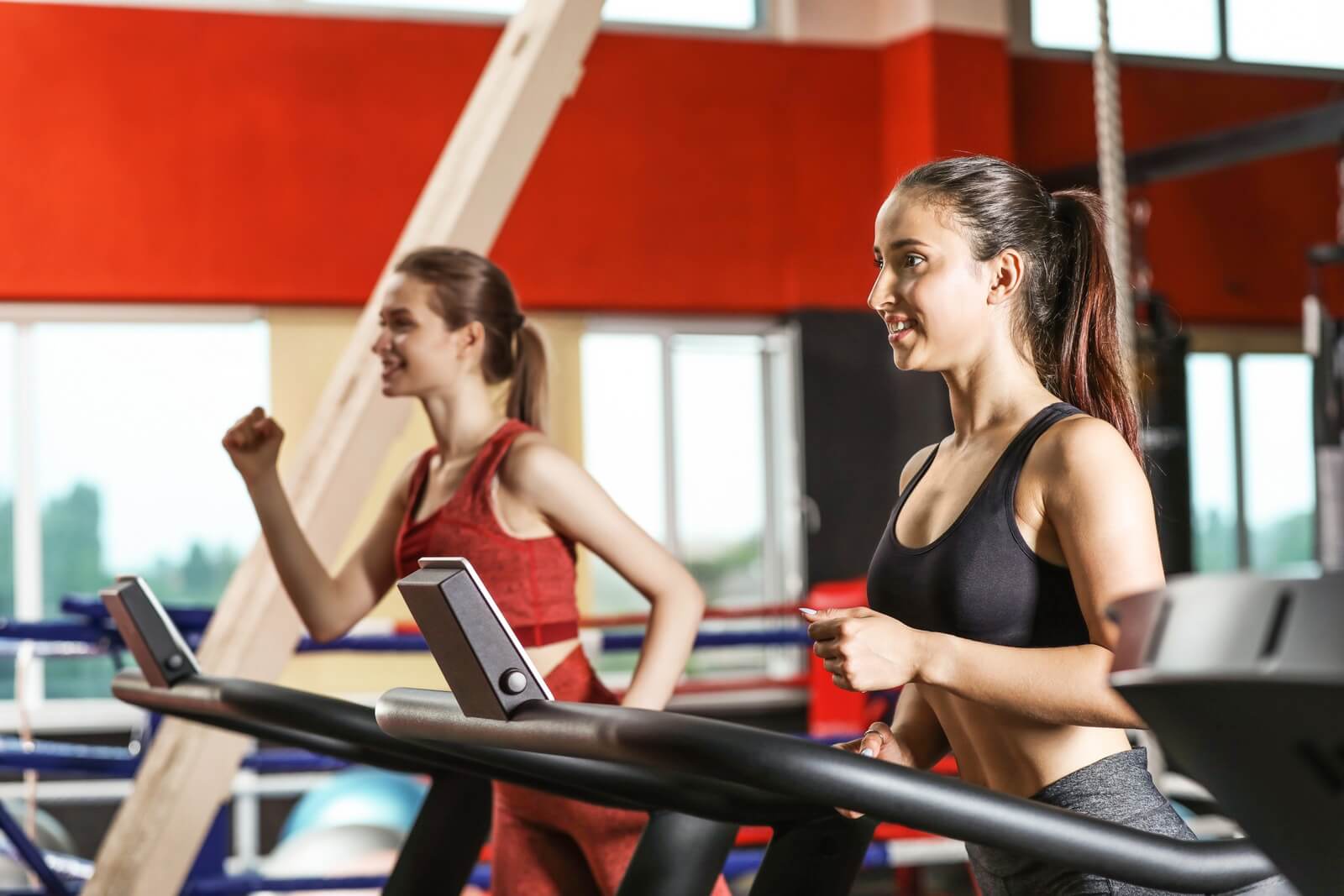Treadmill Running vs. Outdoor Running: Understanding Key Differences and Benefits

Treadmills are a common piece of exercise equipment, widely used in fitness training, rehabilitation, and research. While treadmill running and outdoor running might seem similar, there are significant differences worth noting.

Key Differences Between Treadmill Running and Outdoor Running
1. Movement Dynamics: The most obvious difference is that treadmill running is stationary, whereas outdoor running involves actual movement over various surfaces such as tracks, grass, sand, or concrete. Research indicates that treadmill running requires less propulsion compared to outdoor running because the belt moves beneath your feet rather than your body moving forward.
2. Biomechanical Comparison: Studies using three-dimensional force plates, motion capture systems, and electromyography (EMG) reveal nuanced differences in biomechanics between treadmill running (MT) and outdoor running (OG). Parameters such as ground contact time, vertical ground reaction force, knee joint flexion, and muscle activation patterns show some variations.

Key Findings from Research:
- Step Frequency and Length: No significant differences were found in step frequency and length between MT and OG running.
- Ground Contact Time: Treadmill running shows a slightly longer ground contact time (by 5 milliseconds).
- Vertical Displacement: MT running has a lower vertical displacement compared to OG running (by 1.5 cm).
- Knee Flexion: Greater knee flexion at initial contact in MT running but less range of knee flexion during the support phase.
- Propulsive Force: Lower peak propulsive force in MT running but higher ankle joint torque.
- Muscle Activation: Greater activity in the fibularis longus and soleus muscles during the initial support phase in MT running, but lower activity in the late support phase.
Practical Implications and Guidance
1. Recognizing Differences: When simulating outdoor running on a treadmill, consider the following adjustments:
- Surface Hardness: Different surfaces can affect biomechanics. Harder surfaces increase muscle activity.
- Belt Speed Variation: Speed variations in treadmill belts due to insufficient power or slippage can affect running mechanics.
- Familiarization: Spend at least 8 minutes getting used to the treadmill to avoid higher step frequency and shorter step length.
- Perceived Speed: Runners often feel they are moving faster on a treadmill than outdoors, which can influence their running mechanics.
2. Leveraging Differences: In certain situations, the differences between MT and OG running can be beneficial:
- Rehabilitation: Running on a treadmill with less surface hardness can reduce vertical loading rates, aiding recovery from injuries.
- Weather Conditions: Treadmills provide a safe alternative for training during inclement weather.
- Step Frequency Training: Treadmills can help runners improve their step frequency, providing a controlled environment for consistent training.

Summary
While treadmill and outdoor running share many similarities, they also have distinct differences that can be strategically used to enhance training and rehabilitation. Understanding these nuances and effectively incorporating treadmill running into your fitness routine can be more beneficial than debating its merits. Utilize this tool to refine your running technique and achieve your fitness goals.









